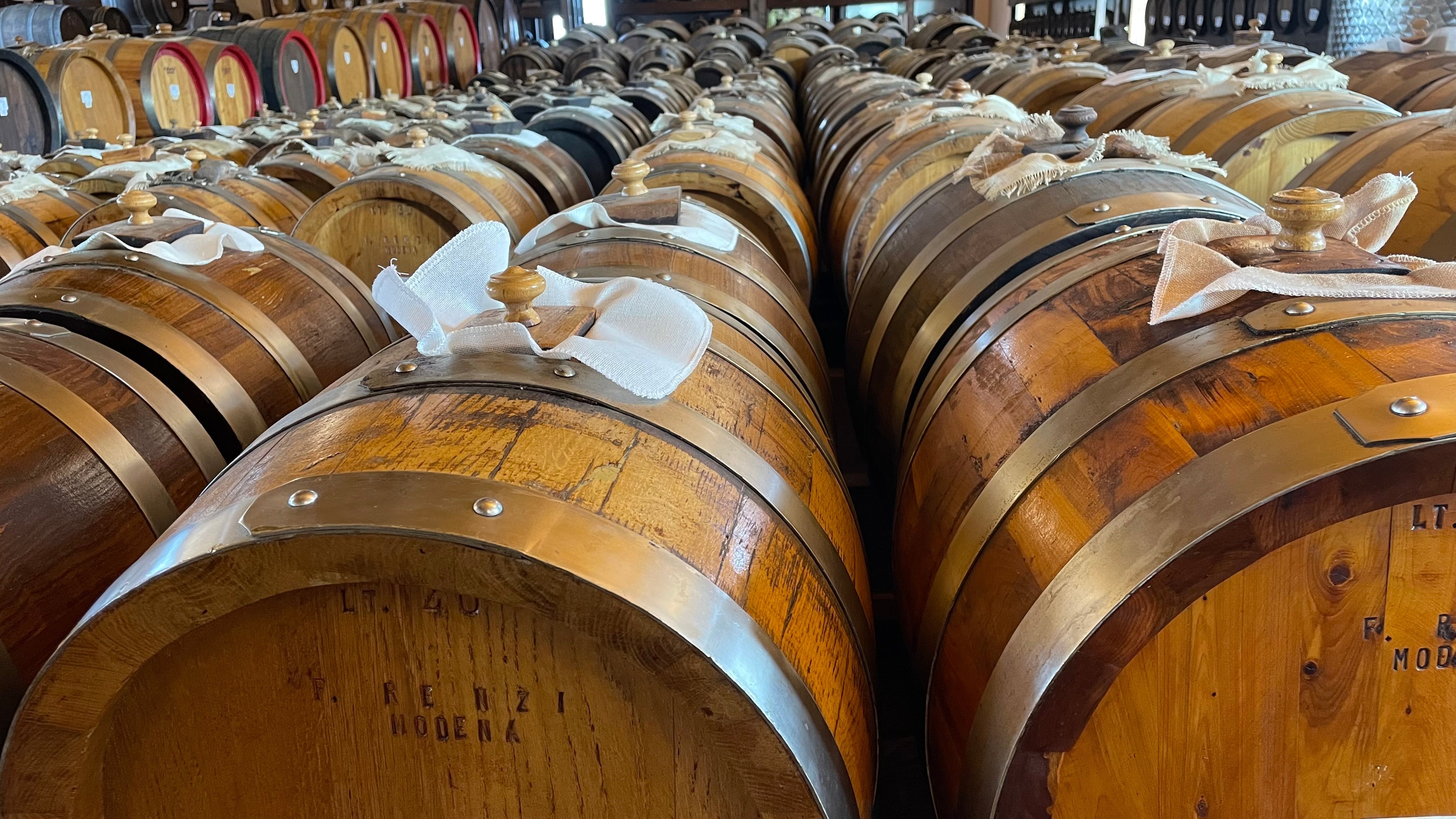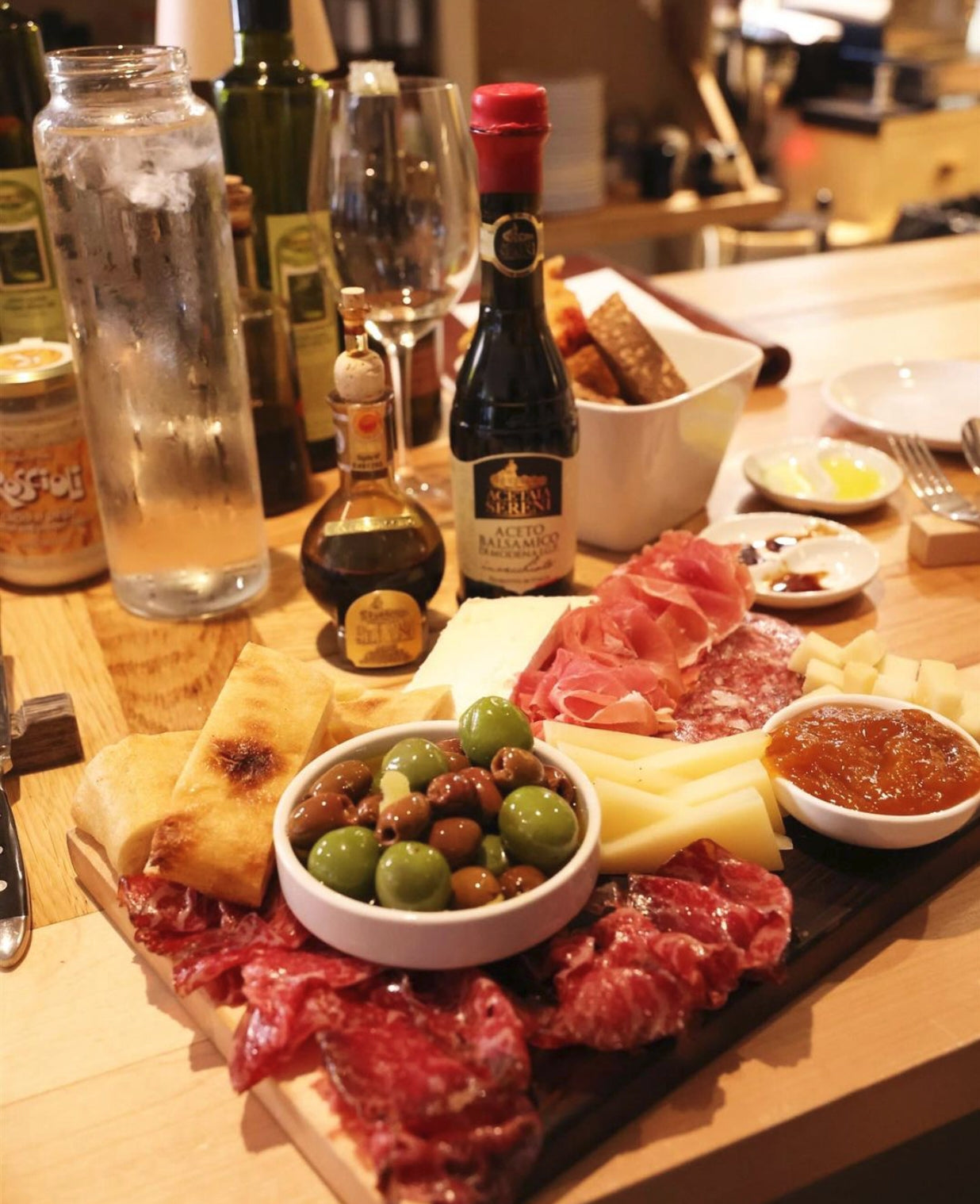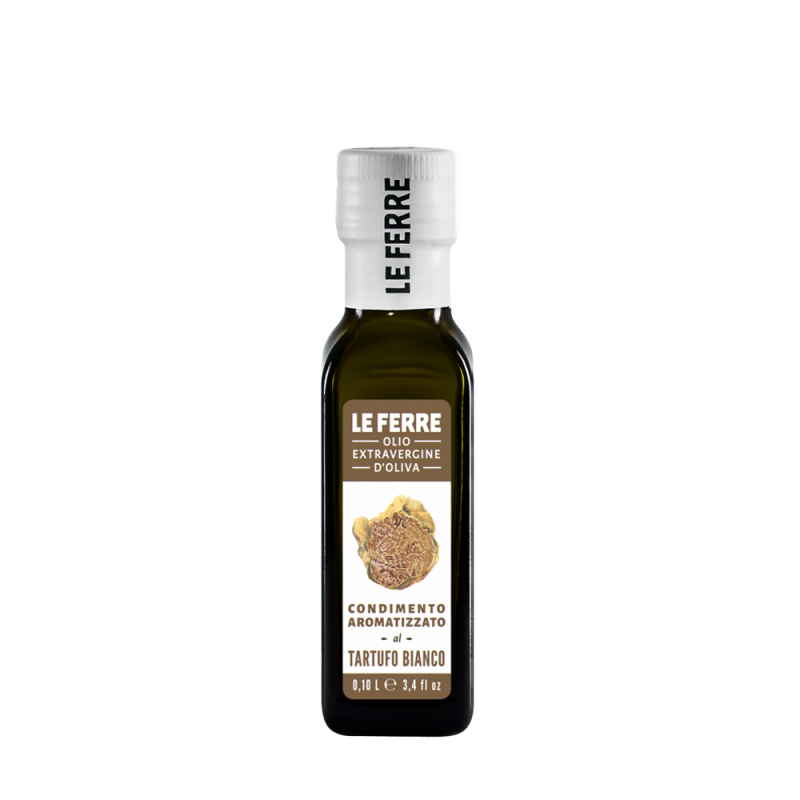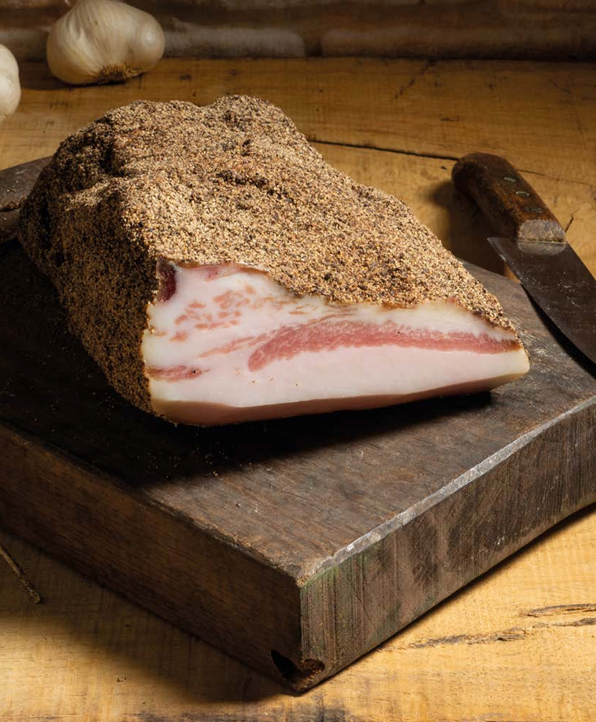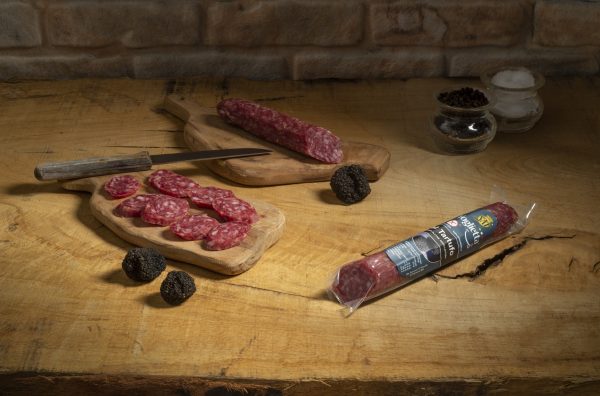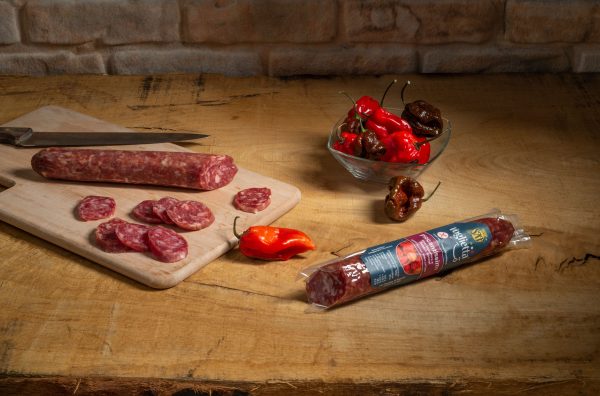If you find yourself among the Emilian Apennines, you shouldn't miss a visit to the beautiful Acetales, where one of the outstanding products of Emilia's culinary traditions is born: the balsamic vinegar of Modena.
As a lover of both the product and the amazing tradition that has led to balsamic vinegar's recognition in world culture, I would like to tell you why this product is so special.
History and Tradition:
Balsamic vinegar of Modena has a centuries-old tradition that made it a delicacy reserved for noble circles. Over the centuries, balsamic vinegar has become a symbol of prestige and refinement, present on tables all over the world. The production families have carefully preserved their secrets and recipes, which have been passed down from generation to generation and committed to a strict production discipline. I would like to give you some information about the charm of this product, what makes it unique and how it can add a distinct and refined touch to our dishes.
DOP vs. IGP: Differences and Production Method:
The Protected Designation of Origin (PDO) is a quality label that guarantees the origin and provenance of the food, as well as strict adherence to local traditions and production methods. In the case of balsamic vinegar, the DOP label is reserved for those produced in the provinces of Modena and Reggio Emilia, where the ancient art of vinegar production has been passed down for centuries. On the other hand, the Protected Geographical Indication (PGI) is a broader designation that covers a larger geographical area and allows greater flexibility in production methods. Although the PGI still guarantees high quality, DOP balsamic vinegar is considered the pinnacle of craftsmanship and authenticity. The price of DOP vinegar, sold in the characteristic bottle designed by the Italian designer Pininfarina, is very high, but it is a guarantee of a unique and unsurpassed process that often extends over decades, which I will explain now.
Production method:
The old battery method is at the heart of the production of DOP balsamic vinegar. It begins with the selection of the best wine vinegars, typically made from Trebbiano and Lambrusco grapes, which are slowly boiled for hours until the desired density is achieved. This cooked must is then fermented and aged in a series of precious wooden barrels, called "batteries". The batteries are made up of barrels made from different types of wood such as oak, cherry, chestnut and juniper, each of which adds a unique aromatic note to the final product. The balsamic is transferred from one barrel to another through a process called "travaso a scalini", which takes place annually to ensure a slow and gradual aging. This traditional method requires time and patience, as the vinegar can be aged for at least twelve years before being bottled. During this period, it undergoes a slow evolution, giving it the complexity, depth and balanced taste that make it unique.
Aceto Balsamico glaze and white balsamic vinegar:
Now let's talk about some versions or variations on the theme of Aceto Balsamico of Modena. Balsamic vinegar glaze (“glassa”) is a reduction of the same balsamic vinegar, slowly cooked until it reaches a thick and syrupy consistency. It is sweet and aromatic, perfect for decorating and enriching both sweet and savory dishes.
White balsamic vinegar (aceto balsamico bianco), on the other hand, is made from white grapes and aged in white wood barrels. It has a more delicate and light flavor than its dark namesake and is widely used in Italian cuisine to season salads, fish, and vegetable dishes.
Food and Parmigiano Reggiano combinations:
Balsamic vinegar of Modena is a versatile condiment that lends itself to a wide range of culinary combinations. It is delicious on fresh vegetable salads, risotto, roasted meats and even on Parmigiano Reggiano. As for Parmigiano Reggiano, I recommend combining the balsamic vinegar glaze with a longer aging period, of at least 24 months. For example, I prefer to combine it with one of 30 months.
The sweetness and complexity of the Glassa di Balsamico perfectly complement the intense and buttery flavors of the aged Parmigiano, creating a harmonious balance of sweetness and flavor. For the traditional balsamic vinegar, I personally suggest combining it with a younger Parmigiano Reggiano, with an aging time between 12 and 18 months. The slightly more pronounced acidity of the balsamic vinegar is well balanced with the younger, sweeter and softer Parmigiano, creating an interesting flavor contrast. And you? Create the perfect combination by combining Aceto Balsamico of Modena or one of its derivatives with the delights of Italian cuisine.
You may prefer a harmonious combination of flavors, or playing with contrasts, but I'm sure you'll love the exclusive taste that comes from centuries of passion and experience!
Buon appetito!

